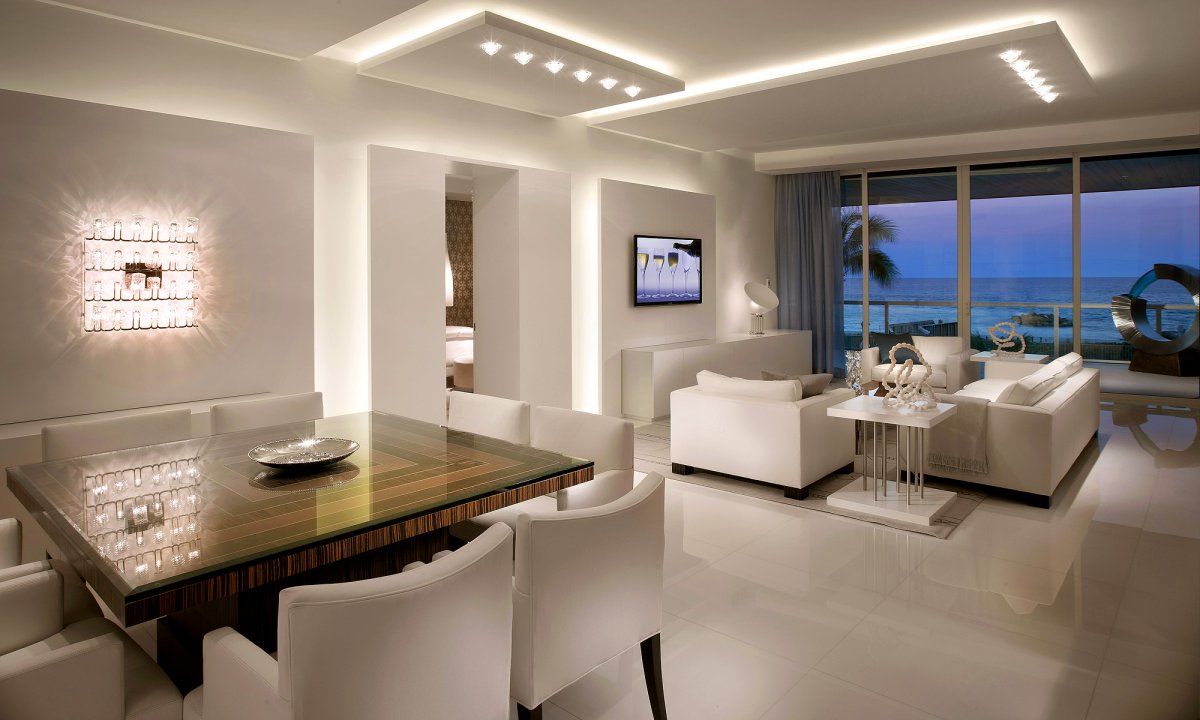
Lighting is the most important aspect of a home decor. Yet it had been one of the most neglected aspects until recently. Of late, however, attention to lighting has undergone a paradigm shift. Lighting has now become a very important element in design. It is no longer used to illuminate space. Lighting now stands for atmosphere, aesthetics, tasks and to see better in your home. Choosing the right lighting fixture for the house can be a daunting task. Following some tips can help alleviate this.
Purpose of lighting:
The very first step for correct lighting is to determine whether the lighting need is task or direct lighting or ambient or indirect lighting. Task lighting means that you focus the light on the area that needs to be marked. Ambient lighting is used to enhance the atmosphere of the area. Once this has been determined, the fixtures can be selected. The lighting design should suit the mood, function and appearance of each room.
Types of light sources:
During the design of a house’s lighting, both aesthetics and functionality can be maintained with the help of several light sources in rooms such as kitchens, living rooms, bathrooms and bedrooms. In the kitchen, under counter lighting, ceiling lighting, cabinet lighting, etc., you can get task lighting while providing a soft and cool atmosphere. In the living room, floor lamps, tower lamps or freestanding lamps can strategically place a lot for both functionality and aesthetics. In bathrooms, light can be provided around the mirror to prevent shadows and improve clarity. Recessed lighting such as can luminaires that include a metal can in the ceiling to hold the luminaires can be used. They are subtle and can be focused on certain areas. They can also be fitted with dimmers to brighten or reduce the light.
The children’s room or nursery can have special light designs such as “starlit sky”, light bulbs, etc. These can be designed with children’s sleep patterns and requirements in mind. The walls could be decorated with faint wall scones that give a soothing soft glow in the room. When designing indoor lighting for energy efficiency, consider some basic design principles and methods.
Energy efficient lighting:
Certain principles must be followed when designing energy-efficient lighting. Installing work lights instead of too many ambient lights, energy efficient controls and components, LED lights, etc. Would greatly reduce energy consumption.
 savillefurniture Interior Design Ideas
savillefurniture Interior Design Ideas